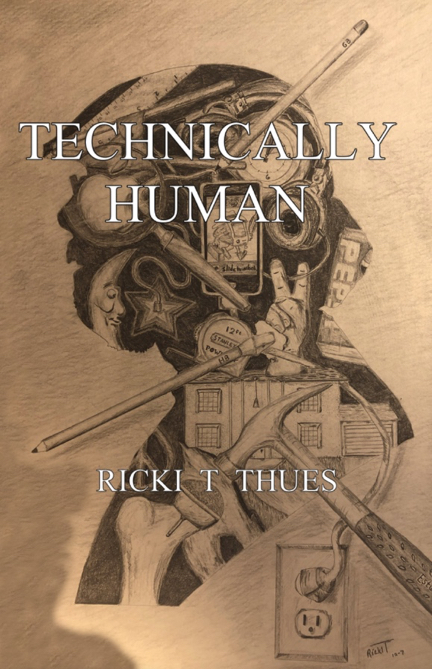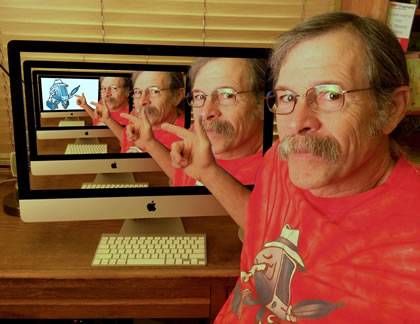
Episode #718
November 5, 2022
The American architect Louis Henry Sullivan coined the phrase “form ever follows function.”
“It is the pervading law of all things organic and inorganic, of all things physical and metaphysical, of all things human, and all things super-human, of all true manifestations of the head, of the heart, of the soul, that the life is recognizable in its expression, that form ever follows function. This is the law. “
This law has been a guiding tenet of modern architects.
Yet designers are human. My observations have revealed many designs which put art, aesthetics or ego above the function of the product.
This is not to say that embellishment or decoration cannot coexist with function. Art Deco buildings maintained the efficiency of their interiors while making a beautiful, artistic statement on the outside.
Frank Gehry designed the Museum of Pop Culture in Seattle. Some would call it garish. I guess you could call it Gehr-ish.
Yet the Walt Disney Concert Hall, another of Gehry’s unique designs, combines an artistically flowing exterior with an almost perfectly functional acoustic interior.
Unique form wrapped around perfect function.
In his attempt to blend architecture into the building’s environment Frank Lloyd Wright found himself challenged with too short doors and cramped living quarters. He hit his artistic goals but missed the interior “function” target.
In my capacity of estimator in the Trade Show exhibit business I worked with designers who came from an art school which emphasized the Golden Ratio of proportions. In the Fibonacci sequence the ratio of one number to another is approximately 1.618… Also referred to as the greek letter phi. The sequence begins: 0, 1, 1, 2, 3, 5…
At the heart of phi is the number 5.
Because this ratio is found abundantly in nature one of the Exhibit designers insisted that cabinets and walls have dimensions of 3’ and 5’ (two of the sequence numbers). While I have no doubt that objects of these proportions would be pleasing to the eye, the projects always cost more money than necessary. Since plywood comes in 4’x8’ sheets, a 3’ cut wastes material and a 5’ wide panel must be assembled using two pieces of wood.
The minimalist design of Apple’s Jony Ive led to application screens which were devoid of detail. The Mail app, for example has controls which are invisible until you hover the mouse over them. This makes for a clean white environment, but the user must know where the control is in order to use it.
Ford designed the automatic transmission on the Focus to shudder if the driver accelerated too fast. While a noble attempt to modify the drivers’ behavior, the gearing in the transmission wore out rapidly. Those drivers who did not succumb to Ford designer’s Pavlov training paid to rebuild their transmissions every few years.
I recently bought a hybrid Toyota RAV4. The car engine is silent while running in EV mode (up to 20 MPH). When the gasoline engine kicks in it sounds like a normal car. One of the things I love about my hybrid is it’s silent running. I was standing in front of the car the other day when my wife started the car – silent as always. She put the car into reverse and began to back up. A loud engine/transmission sound came from the front of the car. Oh no… something wrong with my new hybrid.
A Google later and I found out that the RAV4 has a speaker in the front grill which blasts an engine sound when the car is in reverse. This design replaced the previous backup beeping sound which notified pedestrians that the car was backing up. Toyota designers felt that an engine noise would be a more organic way of warning pedestrians behind the car that it was running. So, why did they put the speaker in the front of the car?
They made my silent hybrid car sound like an internal combustion engine!?
Generally, I admire designers. They are artists of function. Some, however, forget that they are engineers first.
NOW AVAILABLE:
“Technically Human” by Ricki T Thues, the iMentor, is now available on Amazon.
It is a compilation of selected episodes from this bLog which tell the story of Humanity through the eyes of the iMentor.
Click HERE to buy the paperback or Kindle ebook at Amazon.
The ebook version of “Technically Human” is also available on Kobo. Click HERE.
For you Barnes and Noble Nook readers it is available for Nook. Click HERE.
The “Technically Human” ebook is also available on Apple Books . Click HERE.















A very interesting article, Rick. You pulled together a number of relevant applications.
In 2017 we bought a two year old RAV 4 with 12,000 miles for a price we could afford. It replaced my 19 year old Sonata that had become dangerous to drive and wouldn’t pass DMV. My RAV 4 now has slightly over 31,000 miles. Would have loved a hybrid but there were no used ones available and the new ones were out of my budget. Fact is, Toyota builds cars well. Glad you and Paula are enjoying yours.
The Bauhaus philosophy has been my
Credos most of my life! Thank You for
another remarkable piece. Please keep them coming. Sincerely Stewart.